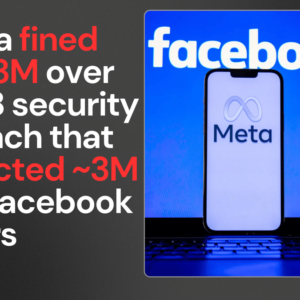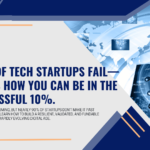Which Countries Are Investing the Most in AI? A 2025 Global Overview
Did you know that global AI investment has surged to a staggering $524 billion in 2025, marking a 175% increase from 2022 levels? As artificial intelligence continues to reshape our global economy, certain nations are making bold moves to secure their technological futures. But which countries are truly leading the AI revolution, and where are those billions of dollars actually going?
The Global AI Investment Landscape in 2025
The race for AI dominance has intensified dramatically over the past few years, with investment flowing into everything from foundation models to specialized applications across healthcare, manufacturing, and defense. As of April 2025, we’re seeing a fascinating redistribution of global AI power that differs significantly from just a few years ago.

The Top 5 Nations Leading AI Investment in 2025
The United States remains the undisputed leader in AI investment, allocating $187 billion in 2025 alone, representing approximately 36% of global AI spending. What’s driving this continued dominance is the powerful combination of private sector investment, particularly from tech giants, and increased federal funding following the 2023 AI Executive Order implementation.
China follows closely with $142 billion in AI investment, focusing heavily on industrial applications and surveillance technologies. Despite facing ongoing semiconductor restrictions from Western nations since 2022, China has successfully developed alternative supply chains and domestic capabilities that have allowed its AI sector to thrive in specialized domains.
The European Union, now operating under its comprehensive AI Act, has collectively invested $78 billion, with Germany ($29 billion) and France ($21 billion) leading the European charge. The EU’s approach emphasizes responsible AI development, with significant funding directed toward ensuring AI systems that align with European values.
Perhaps most surprising is the United Arab Emirates, which has emerged as the fourth-largest AI investor globally at $41 billion, focusing on transforming its economy through AI applications in energy, healthcare, and government services. Saudi Arabia follows closely at $37 billion as part of its Vision 2030 initiative.
Sectors Attracting the Most AI Funding
Healthcare has emerged as the dominant sector for AI investment worldwide in 2025, attracting nearly 27% of global AI funding. The United States leads in this area with particular strength in drug discovery and personalized medicine applications. China, meanwhile, has focused its healthcare AI investments on diagnostic systems and patient monitoring technologies that can be deployed at scale.

Manufacturing represents the second-largest sector at 23% of global AI investment, with China taking the lead here. The integration of AI into industrial processes has been particularly transformative in automotive manufacturing and electronics, with Germany focusing heavily on implementing AI systems that enhance its precision engineering capabilities.
Defense and security applications account for 18% of global AI funding, with the United States and China engaged in what many analysts describe as an “AI arms race.” The EU has taken a more measured approach in this sector, emphasizing ethical boundaries and human oversight of military AI applications.
Emerging Trends in Global AI Investment
Perhaps the most significant trend of 2025 is the growing investment in AI sovereignty. Countries are increasingly directing funds toward developing independent AI capabilities rather than relying on technologies developed elsewhere. Following the AI chip shortages of 2023-2024, nations like Japan, South Korea, and India have dramatically increased investments in semiconductor capabilities specifically designed for AI applications.
We’re also seeing a notable shift toward smaller, specialized AI models rather than the massive general-purpose systems that dominated investment in the early 2020s. This trend is particularly pronounced in the European Union, where efficiency and sustainability concerns have driven funding toward AI systems with more modest computational requirements.
The Future of Global AI Investment
Looking ahead to late 2025 and beyond, analysts project AI investment will continue growing but at a more moderate pace as the market matures. Countries that establish clear regulatory frameworks while encouraging innovation appear best positioned to attract continued investment. As AI becomes increasingly embedded in critical infrastructure, expect to see more government-directed funding focused on ensuring these systems remain secure, reliable, and aligned with national priorities.
The global AI landscape of 2025 reflects not just technological competition but differing visions for how artificial intelligence should be developed and deployed. As these massive investments bear fruit in the coming years, they will undoubtedly reshape our economies, societies, and the balance of global power.












